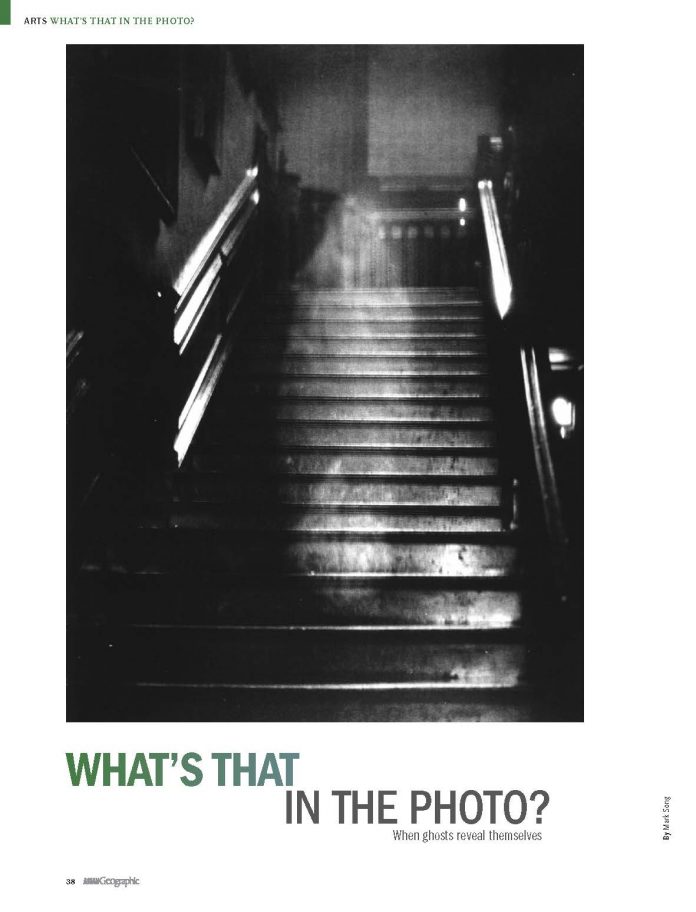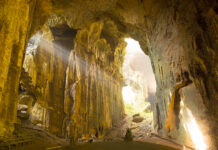
AT FIRST GLANCE, all it looks like is a patch of light shining upon a staircase. However, upon closer inspection, one begins to discern minor details in the “light” – shadows, folds in linen, a human-like silhouette. A trick of the mind? Matrixing, perhaps? Not if you ask experts of the paranormal. The photograph you are looking at is that of the Brown Lady of Raynham Hall.
As the legend goes, the Brown Lady of Raynham Hall is the apparition of Lady Dorothy Walpole, the sister of Robert Walpole, who is considered the first Prime Minister of Britain. Apparently caught by her husband, Lord Wharton, for having committed adultery, she was then locked up in a room for the rest of her earthly life.
Experts have tried to disprove the validity of the photograph for years. The methods and equipment of the photographer, Captain Hubert Provand, and his assistant Indre Shira were investigated and scrutinised; even the photographers themselves were put under the microscope. But no matter how hard they tried, no one could find any evidence of tampering or trickery. Thus, the only conclusion left is that the image captured in 1936 must then be that of a real life spirit.

Photography has long been used to attempt to prove that ghosts and spirits exist. Spirit photography may have existed as early as 1853, but it only gained notoriety in 1861 when jeweller William Mumler took a self-portrait and discovered another being lurking in the photograph. After showing it to his friend and jokingly saying he did not know how he had captured the “other figure”, he was persuaded into publishing the photo with a written description alongside it. The photograph garnered widespread attention and Mumler, previously uninterested in spirits, decided to go into spirit photography full time, becoming the first spirit photographer working to “capture” the spirits of the dead, alongside their living relatives.
Mumler’s otherworldly ability was nothing but a trick, however. What Mumler had actually done was discover double exposure, resulting from the incomplete cleaning of one of his photographic plates. The image formerly imposed on the plate, having not been properly cleaned off, would then show up again the next time the plate was used, superimposing the first image onto the second to become one image. The trick was used to superimpose the deceased loved ones of many clients onto photos he took of them.
In those days, it was fairly easy to trick common folk into believing in the power of the camera. The advent of scientific technologies in the same period introduced to people many things they could not explain, like the telegraph or electricity. It was thus easy to lead them into believing that the camera possessed the power to capture the images of not just the living, but also of the dead, something many photographers took advantage of.
Check out the rest of this article in Asian Geographic No.99 Issue 6/2013 ) here or download a digital copy here










